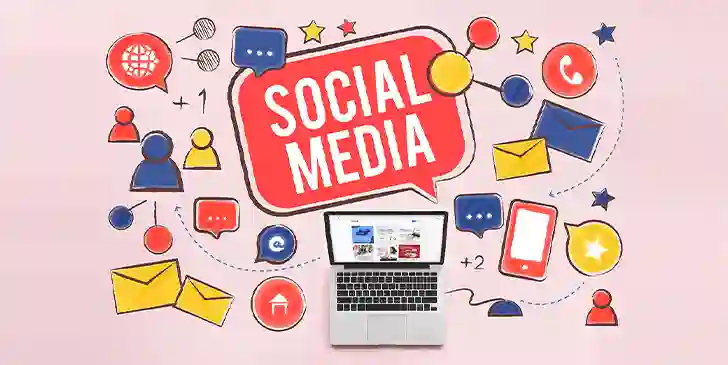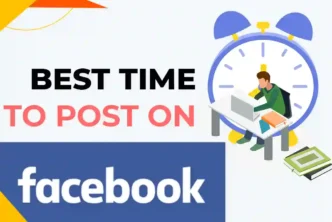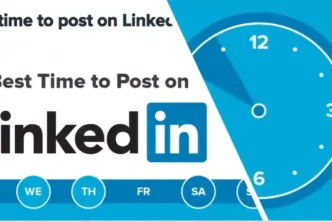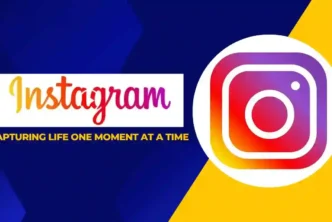In the digital era, where billions of people are scrolling through social media daily, creating compelling content is just part of the battle. The other, often overlooked aspect, is timing. Knowing when to post on social media can significantly amplify your content’s reach, engagement, and overall impact. This guide delves into the nuances of optimal posting times, providing a comprehensive strategy to maximize your social media presence.
Understanding the Importance of Timing
The timing of your social media posts can be as critical as the content itself. If you post when your audience is most active, you’re more likely to see higher engagement rates, including likes, shares, and comments. This increased engagement not only bolsters your visibility on social media platforms but also enhances your connection with your audience.
Why Timing Matters:
- Algorithm Advantage: Social media algorithms prioritize content that gains quick engagement. Posting at peak times increases the likelihood of immediate interaction.
- Audience Availability: Your audience’s online behavior varies; understanding these patterns ensures your content is visible when they are most active.
- Global Connectivity: For those with an international audience, considering various time zones is crucial for ensuring your content reaches everyone effectively.
Platform-Specific Posting Times
Different social media platforms have unique peak times. Tailoring your posting schedule to each platform’s specific audience behavior can yield better results.
Best Times: Weekdays, particularly Wednesday, from 11 AM to 2 PM.
Why: Facebook users tend to check their feeds during lunch breaks and in the mid-afternoon.
Best Times: Weekdays, with a focus on Tuesday and Thursday, around 11 AM and 1-2 PM.
Why: Instagram’s visual content performs well during midday breaks and early afternoons.
Best Times: Weekdays, especially Wednesday and Friday, between 9 AM and 4 PM, peaking around 3 PM.
Why: Twitter is often used for news and updates, making it popular during work breaks and commutes.
Best Times: Tuesday to Thursday, from 9 AM to 12 PM.
Why: As a professional network, LinkedIn sees higher engagement during working hours midweek.
Analyzing Your Audience
Generic timing advice is useful, but tailoring your schedule to your specific audience is crucial for optimal impact. Here’s how:
- Use Analytics Tools: Platforms like Facebook Insights and Instagram Analytics provide data on when your followers are online.
- Consider Audience Demographics: Age, location, and profession can influence when your audience is online.
- Experiment and Adjust: Regularly test different posting times and analyze the engagement to refine your strategy.
Adapting to Time Zones
For global brands or influencers, navigating multiple time zones is essential:
- Identify Your Key Markets: Determine where the majority of your audience is based.
- Use Scheduling Tools: Tools like Buffer or Hootsuite allow you to schedule posts according to different time zones.
- Create a Balanced Schedule: Ensure your content reaches all key markets at optimal times without overwhelming any single audience.
The Role of Content Type
Different types of content may perform better at various times:
- Educational and Informative Posts: Morning times work well for this content, as people are more receptive to learning.
- Entertainment and Leisure Posts: Evenings and weekends see higher engagement for more relaxed content.
- Interactive Content: Quizzes, polls, and questions can gain more traction during midday breaks when users have time to engage.
Evolving Trends and Consistency
The digital landscape is constantly changing, and so are user behaviors. Stay informed about the latest trends and adjust your strategy accordingly. Consistency in posting is also crucial; it builds a routine for your audience and enhances your credibility.
Conclusion
Mastering the art of timing on social media can elevate your content strategy significantly. By understanding the unique dynamics of each platform, analyzing your specific audience, adapting to different time zones, considering content type, and staying updated with evolving trends, you can maximize the impact of your posts. Remember, the optimal time isn’t just about when most people are online; it’s about when your audience is most receptive and engaged. With a thoughtful, data-driven approach, you can ensure your content not only reaches your audience but resonates with them too.





